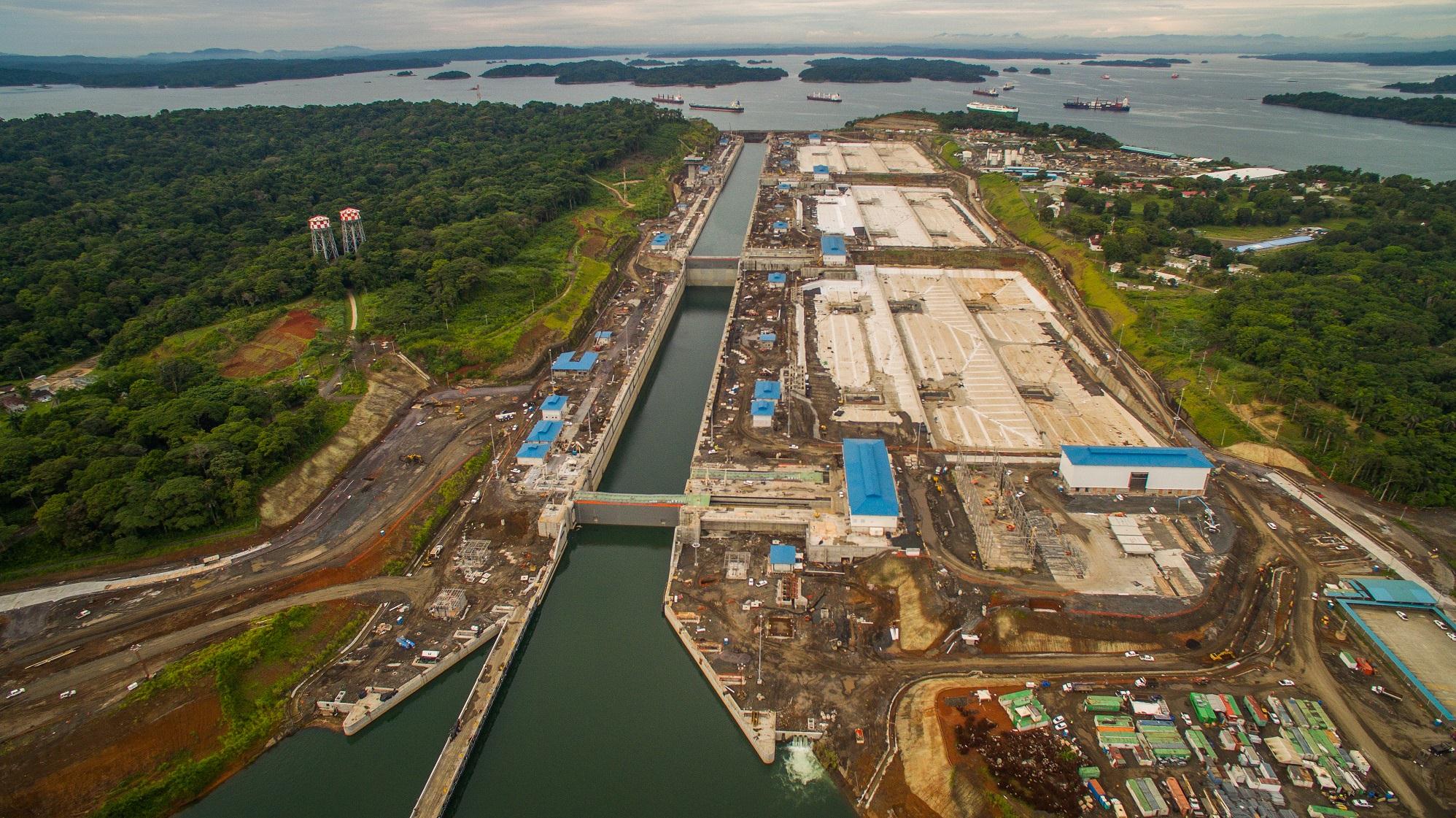The global shipping industry is expected to change significantly in the next few years, said Bronson Hsieh, second vice group chairman of the Evergreen Group, speaking during the opening of the FIATA 2015 World Congress in Taipei.
With growth rates of over 70% expected in the next few years, the demand for ultra-large container ships (ULCS) has the potential to accelerate changes already underway in the industry. Larger capacity ULCSs are likely to dominate Asia-Europe trade, with smaller vessels serving the intra-Asia routes.
 Hsieh noted that ULCSs need to be full to be economically viable, which, he said, will accelerate the formation of shipping alliances and further consolidation in the industry. One carrier can fill 10,000 TEUs easily, he said, but carriers will need to cooperate to fill 30,000 TEU vessels. Even alliances of two or three shipping lines may struggle to fill this capacity, commented Hsieh.
Hsieh noted that ULCSs need to be full to be economically viable, which, he said, will accelerate the formation of shipping alliances and further consolidation in the industry. One carrier can fill 10,000 TEUs easily, he said, but carriers will need to cooperate to fill 30,000 TEU vessels. Even alliances of two or three shipping lines may struggle to fill this capacity, commented Hsieh.
The Panama Canal expansion project, which adds a third set of locks, deepens and widens the canal, is expected to double the capacity of the canal when finished in 2016. The expansion, which will allow transits of 12,000 TEU ships, has led ports up and down the US East Coast to adapt to the expected larger vessels, Hsieh said.
Technology-wise, Hsieh said, there are no real limits to the size of vessels, but lack of adequate infrastructure will create bottlenecks and likely limit growth. The largest vessels will not be able to go everywhere, he said, as ports will have to deepen channels, lengthen harbours, and expand handling facilities. The size of ports and infrastructure facilities will likely act as a brake on the move to ever larger and larger vessels, he said.
By Darren Barton
Asia Cargo News | Taipei



